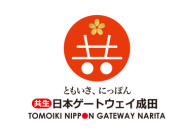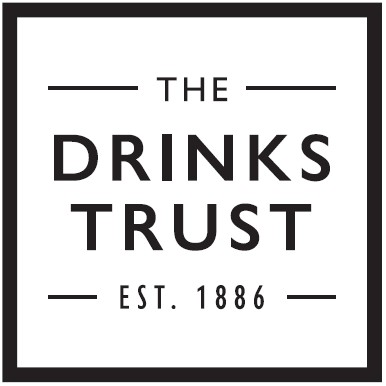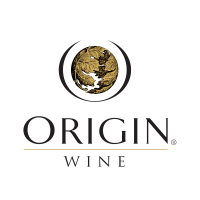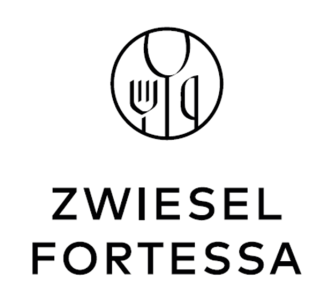Region: Rioja, Spain
Founded: 1989
Owners: Urtasun family
Vineyard holdings: 80 hectares in production
Lead Winemaker: Jesus Mendoza
Annual production: 120,000 bottles per annum
Often pigeonholed as a producer of "modern-style" wines, Remirez de Ganuza in fact draws deeply from both contemporary and traditional Rioja norms. A relative newcomer to the region – the house was founded in 1989 by Fernando Remirez de Ganuza – the bodega has always sought to combine rigorous vineyard work with a balanced sense of innovation. Fernando, whose earlier career involved buying and selling vineyards throughout the 1970s and 1980s, understood that success ultimately hinged on terroir rather than simply the long-established art of blending – a practice that nonetheless remains highly valued at the estate. Cultivating 80 hectares of vineyards spread across 70 individual sites, the winery sits amid the undulating landscape of the Sierra Cantabria, tucked into the small village of Samaniego. These high-elevation vineyards, planted on calcareous soils in Rioja Alavesa, remain Remirez de Ganuza's most prized asset. Moreover, despite the ongoing schism within the subregion over the proposed creation of a new designation, Viñedos de Álava, its owners have remained steadfastly committed to the Rioja appellation.
Even so, eyebrows were raised when Fernando unveiled what was then a distinctly heterodox approach to winemaking. His technical credo emerged early on: rapid cooling of bunches on arrival, meticulous sorting, relatively long extractions, ageing in (some) new oak, and the innovative separation of Tempranillo bunches into "shoulders" - the riper, more concentrated berries destined for ageworthy reds - and "tips" for Joven wines. Today, the winery produces a broad range, including the exceptional Reserva and Gran Reserva cuvées, the tiny volume 100% Garnacha Iraila, and a small quantity of barrel-aged white Rioja. More recently, the bodega has released a new single-vineyard wine: Remirez de Ganuza UV, a 100% Tempranillo sourced from old vines in San Vicente de la Sonsierra. Production is capped at around 1,500 bottles a year.
In 2010, Remirez de Ganuza took on a new partner: José Ramón Urtasun. Now the sole owner – Fernando passed away in 2024 – Urtasun has walked a delicate line between preserving the original vision, and encouraging the business to evolve, whether through the introduction of new wines, a growing focus on whites, or sustainability initiatives. For this venerable producer, the path forward remains one of continuous improvement – though Urtasun firmly eschews change for its own sake. Under his thoughtful direction, Remirez de Ganuza is in safe hands.
Q&A: José Urtasun, owner, Remirez de Ganuza
After the you took full ownership in 2019, what did you feel needed to be preserved from Fernando's original vision, and what did you decide to change?
It's important to understand that I've been a 50–50 partner with Fernando since 2010. In my view, when you arrive at a place like Remírez de Ganuza, you don't start by changing everything. If that's your intention, you'd be better off founding a new winery and doing whatever you want there.
Indeed, when you join a winery with this kind of history, the first thing you must do is take time to understand it - to grasp why things are done the way they are, and what place the winery occupies in the world of wine. That's what I tried to do. In those early years, I focused more on learning than on taking decisions. So I quickly understood that with Fernando and Jesús Mendoza handling the vineyards and winemaking, my contribution should come from the sales side. So I began travelling everywhere with the sales team - first to learn, and later to lead that department. Once I had a good understanding of the market, I gradually became more involved in all areas of the business.
Ultimately, a winery is a living organism. Hundreds of small decisions affect the vineyards, the grapes, the wine itself, and how the brand is perceived by both consumers and professionals. That means it's always evolving.
You combine boutique, single-vineyard releases like Iraila with ambitious international growth and premium pricing. How do you balance the tension between protecting small-parcel quality and scaling commercial distribution?
These days, single-vineyard wines are certainly in vogue. Our tradition, however, has always been to blend grapes from many different vineyards - and honestly, I don't believe one approach is inherently better than the other. I appreciate the romantic side of a single-vineyard wine, but I also deeply value the consistency and reliability that blending can deliver. I often imagine a producer who used to make one wine from ten vineyards, then changes course to make ten different single-vineyard wines. Are all ten going to be better than the original? Absolutely not. Nor do I think they'll represent the region better than the blended wine did.
Every decision we make is driven by quality. If a change in winemaking doesn't improve quality in some tangible way, we don't make it. So for us, the key balance isn't really between volume and exclusivity - it's between volume and quality. Exclusivity is simply a natural consequence of that relationship, together with pricing. Take our white Reserva, for example. Demand for this wine is three or four times greater than what we produce. Of course, I've thought about increasing production, but could we do it without compromising quality? The answer is no - not under current conditions. To make more, we'd need another facility that could guarantee exactly the same standards.
You've spoken very candidly about sustainability and wider market pressures in Rioja. What changes have you implemented at vineyard and winery level - and which have surprised you in their impact on wine quality?
We've introduced many small changes in recent years - some short-term, others with longer horizons. Global warming has become a very real threat to winegrowing. Both 2022 and 2023 were extremely warm, with prolonged periods of high temperatures in summer. In 2023 we made a crucial decision: for our white Reserva, we harvested only the bunches shaded by leaves. This increased freshness and acidity, and the final alcohol level was just 13% - remarkable in such a hot vintage. So we sacrificed volume, but the result justified it.
Looking ahead, we're planting longer-cycle varieties like Garnacha, Mazuelo and Graciano, as well as certain white grapes, so that we can use more of them in future blends to preserve freshness. Some of our wines will also be released as organic-certified in the coming years.
Of course, sustainability goes beyond the ecological aspect. As wineries, the way we behave also has a deep impact on our local communities. Rioja is currently facing a difficult sales climate, and many independent growers are struggling. This year we decided to increase the price we pay when buying grapes from local viticultores. I believe this is the right time to take a step forward - to lead through decisions that help sustain our community as a whole.

Producer Profile: Remirez de Ganuza
Maverick yet rooted in tradition, Remirez de Ganuza continues to innovate, as James Lawrence discovers.

A trailblazer rooted in tradition, Remirez de Ganuza is one of Rioja's top wineries










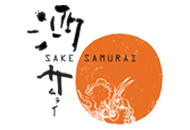
.png)
